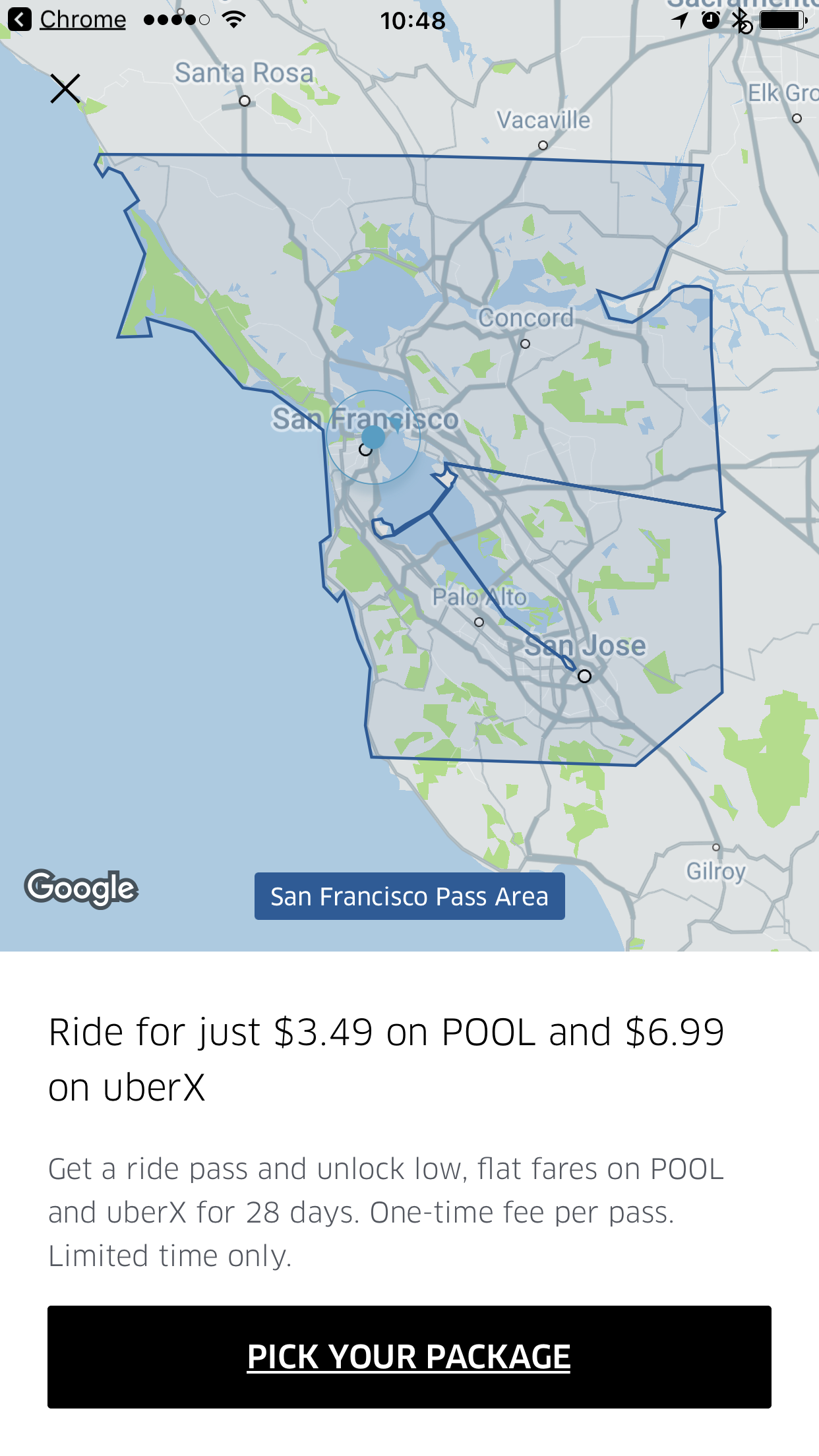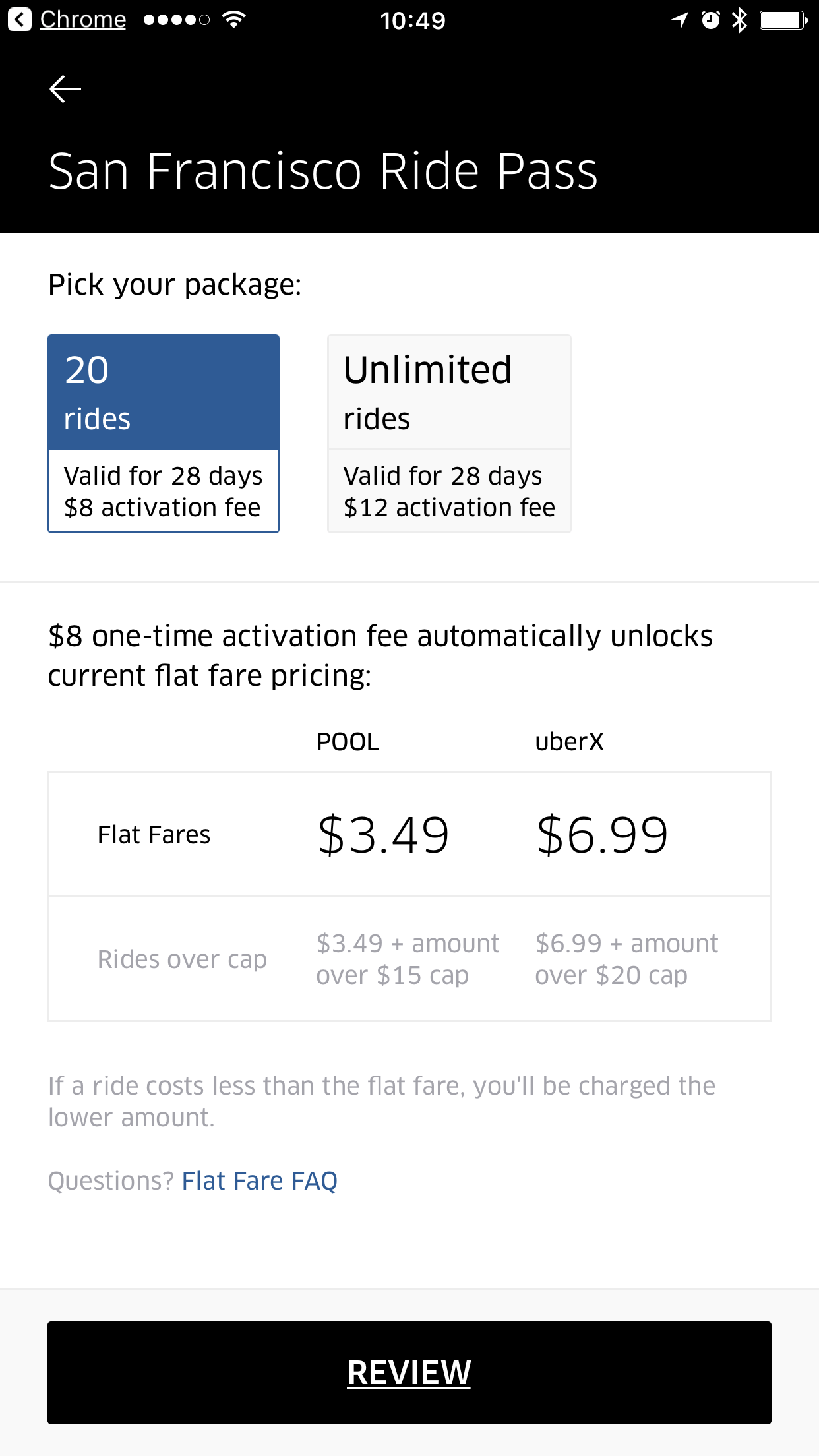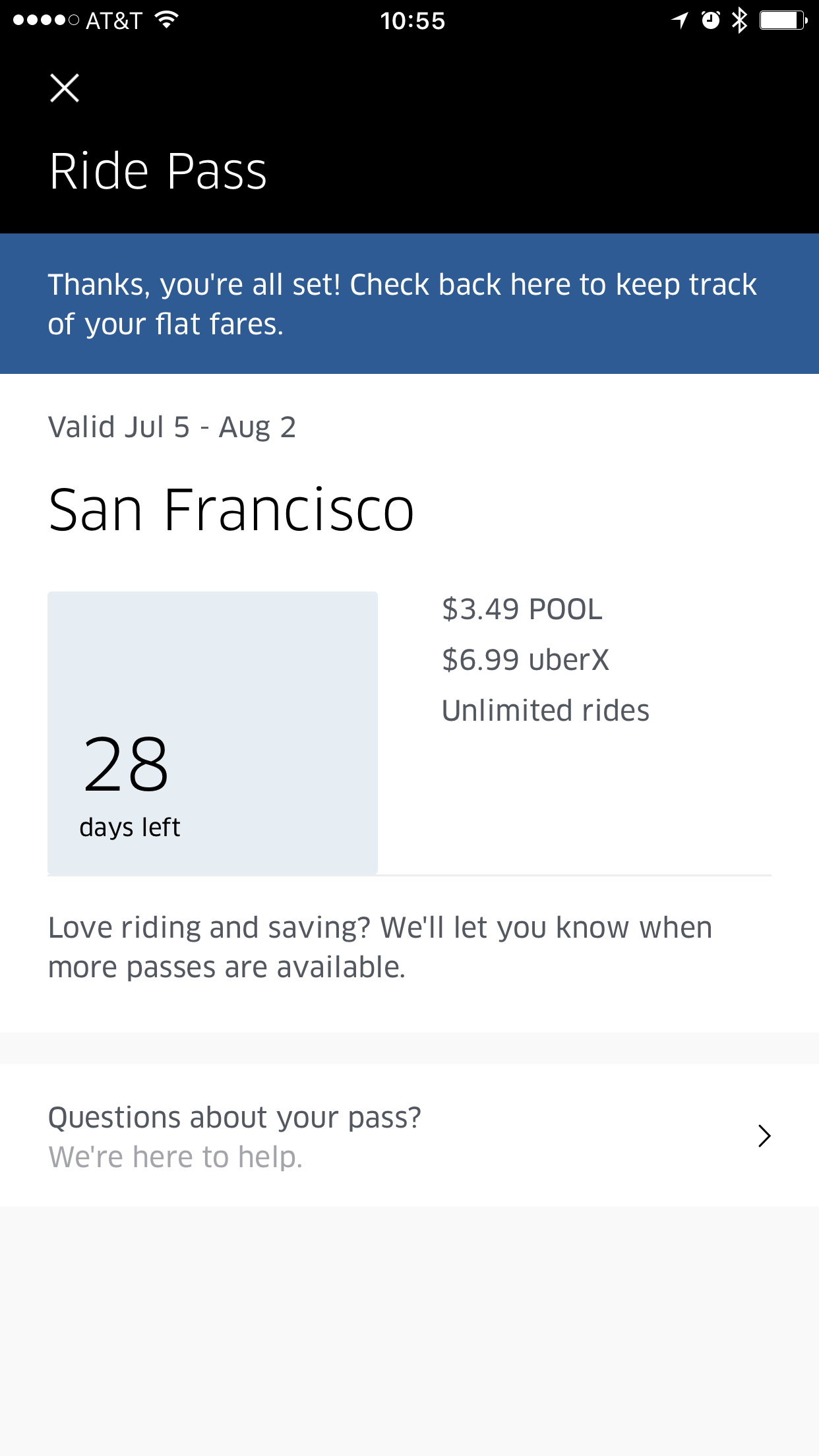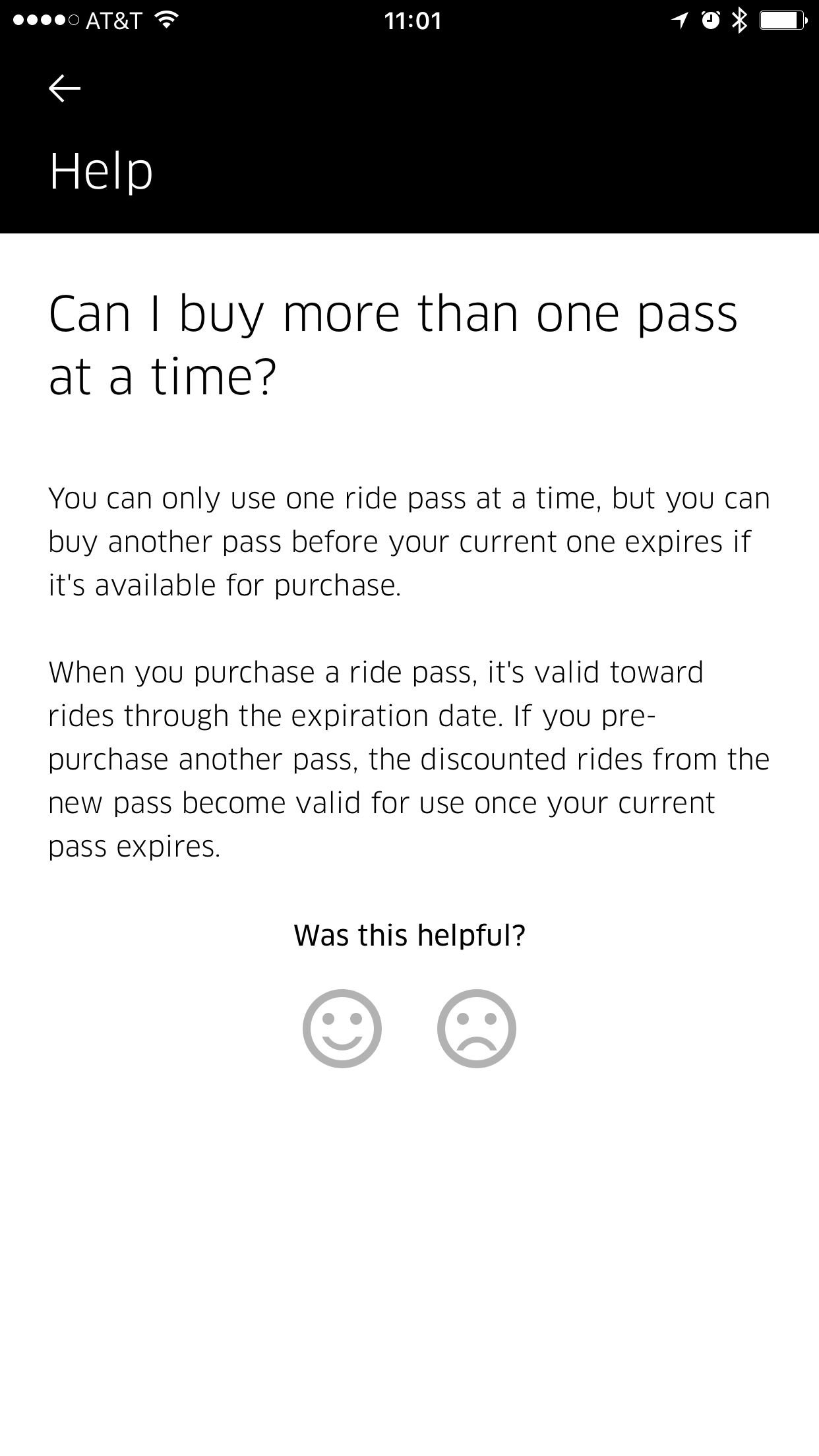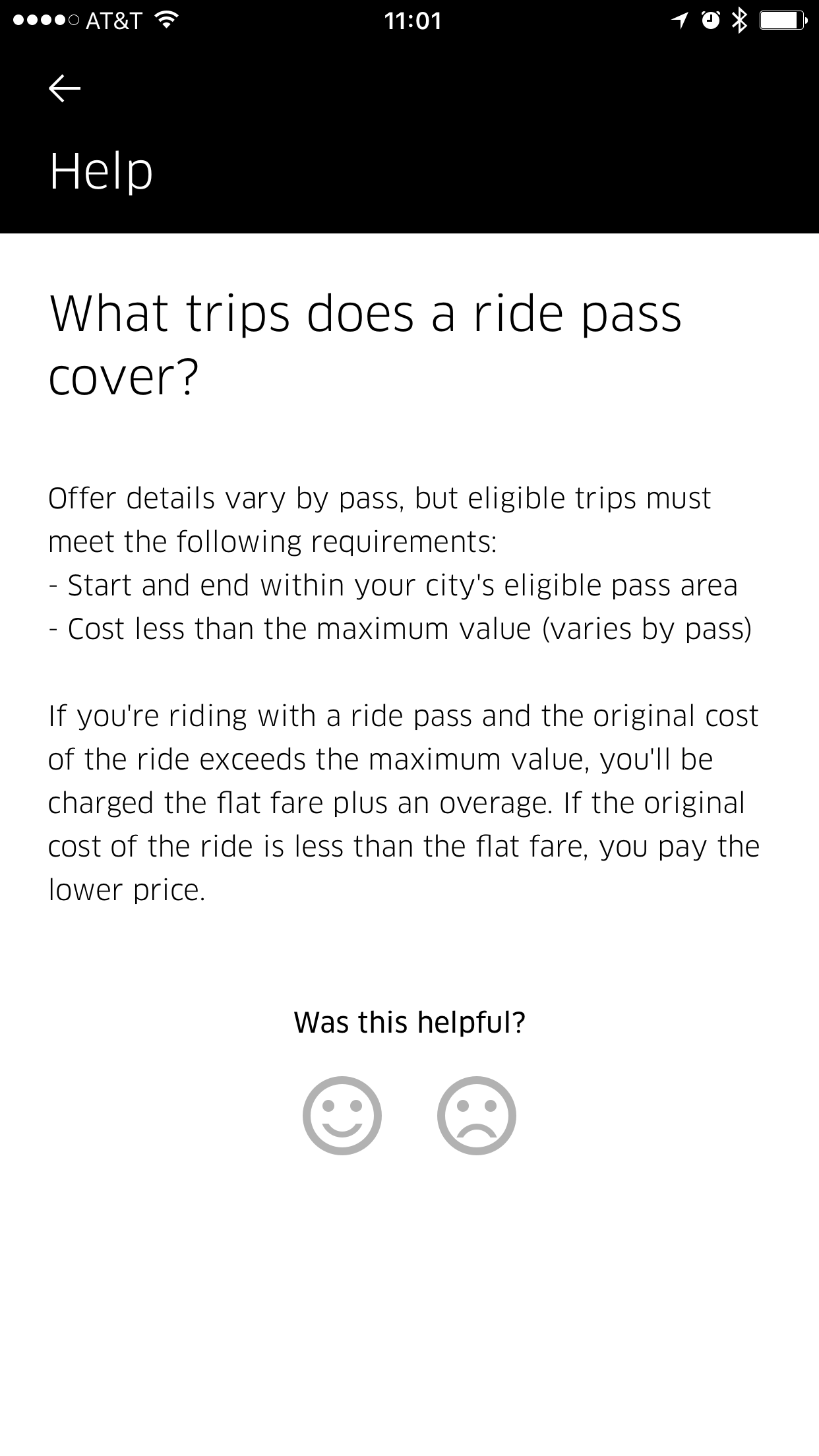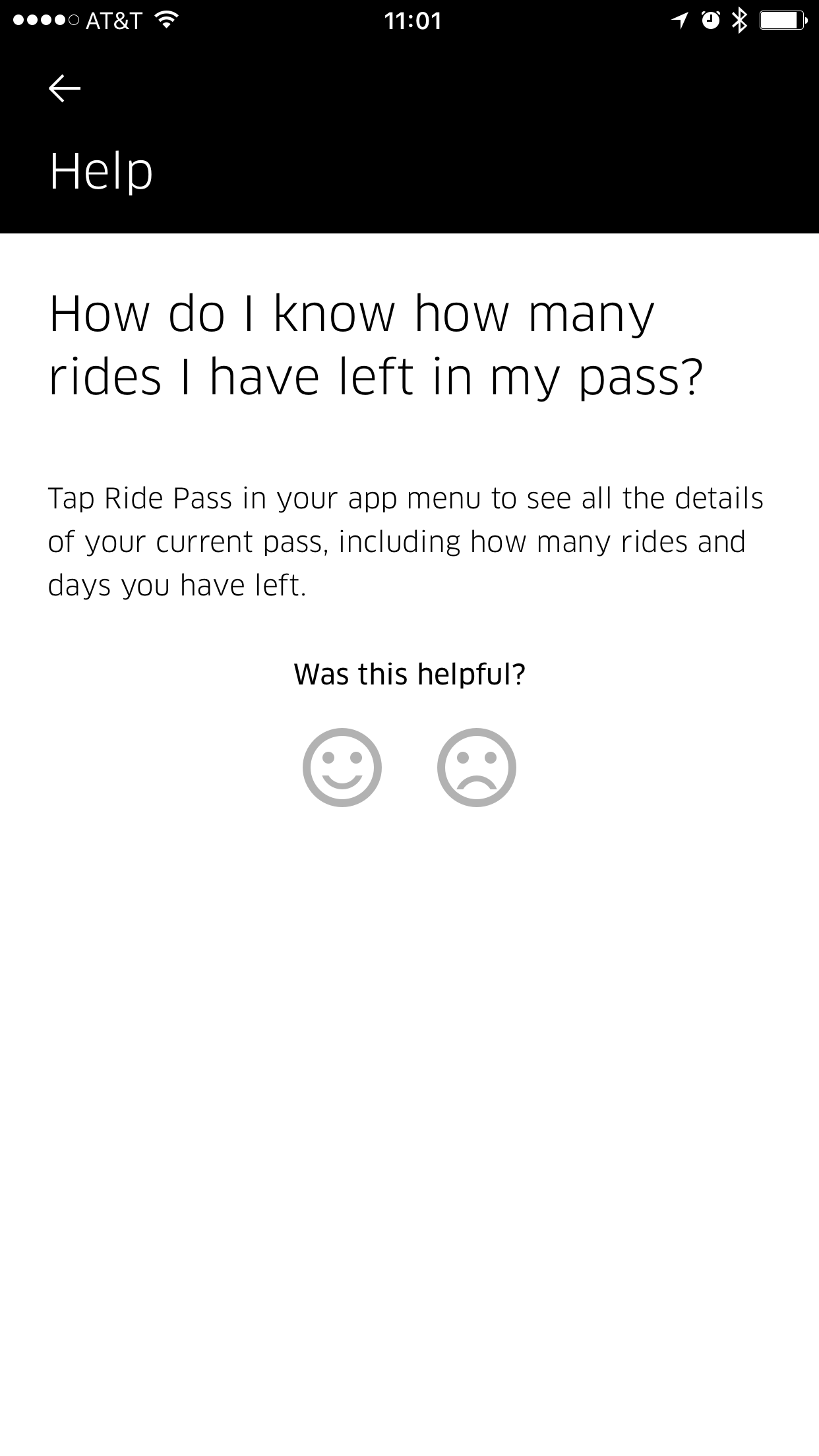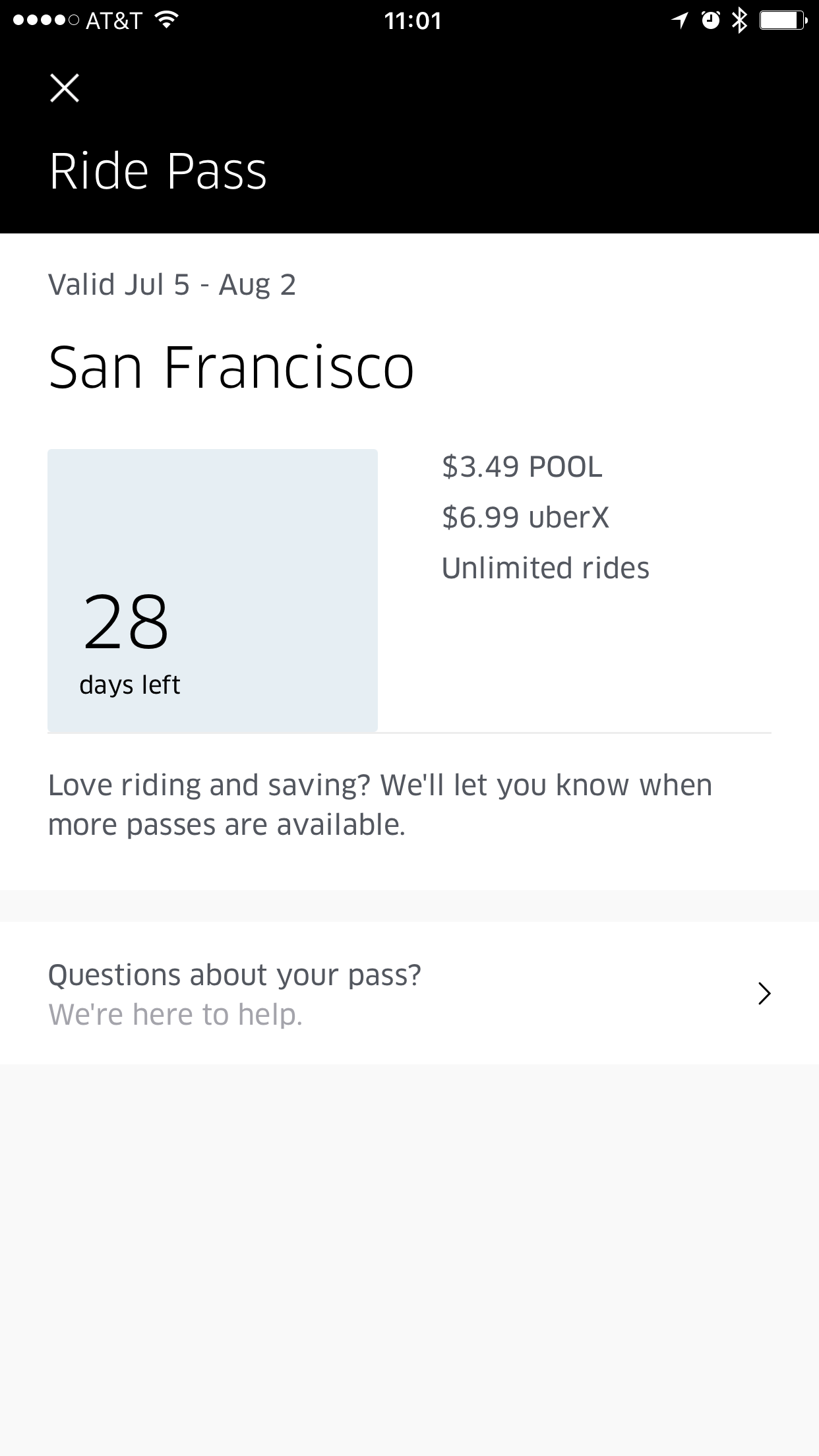Windsurf, Feeling The Vibe?
Is Windsurf ready for a 100 million coders?
Or do they need a lower tide to get more Vibe Coding users into the water? With 28.7 million engineers worldwide and 45 million projected by 2030 how will Windsurf bridge the gap to reach 100 million? Without a 3x surge in coders, Windsurf needs a user experience that’s consumer-grade and ready for the coding uninitiated. Otherwise, they’ll either have a limited total available market of users, coders, for creating useful software. Or limited usefulness - think vitamin vs painkiller - and never get past toy apps and low level functions. So is Windsurf consumer-grade and ready for the great majority or is it still a beloved tool of the early adopters? And why is Windsurf a $3 Billion acquisition target of OpenAI? Let’s dig in!
But first, what the heck is Vibe Coding anyway? Vibe Coding is a term that’s like 10 weeks old and refers to a new approach to building software applications where AI agents, primarily large language models (LLMs), are used to generate code based on natural language instructions. It’s like having an AI software engineer buddy to help you plan and implement your projects. However, Vibe Coding doesn’t mean you never have to touch the code, instead you guide your AI engineer by reviewing its output and iterating - and in my experience there’s a lot of iterating. For Vibe Coding, I recommend a warm cup of calming tea. 🫖 ☕️
Some of the most popular Vibe Coding platforms are Cursor, Github Copilot, Replit, and Windsurf, which I used for my pet project - more on that to come. Stay with me here. The specifics of each vary but think of them as an extension of a source code editor - which is just an efficiency tool that developers use to write, edit, and manage their code. But instead these platforms plug in foundational LLMs like ChatGPT/Claud/Gemini (AI “brains”) to go way beyond helping engineers fix their code. It’s as if the AI agent said “dude, enough with these corrections already.. just move over, I’ll write this code for you!”
MY TEST APP
Before we get into my first experience with Windsurf, a slight detour to explain what I’m building. Before Pokemon Go and even Google Ingress, I had an idea to turn Google Maps into a video game board. As a co-founder, I even pitched it (named Xumfly) to someone at Google over lunch at their MTV campus, but never got anywhere. I wonder if that idea ever took off? Spoiler alert! It’s a $3.5 billion idea. So when staring at the blank Windsurf prompt only one thing came to mind… Xumfly 2.0!
The concept: Xumfly is a geolocation based trivia game for players to explore a city while honing their local knowledge. The goal is to become the leader based on completion time and points. Building this should be a piece of cake! 🍰
Here’s how it started, for my review I was taking on the role of someone who has never shipped production code. I selected Claude 3.7 Sonnet (Thinking) and typed a simple prompt:
“Please build a geolocation mobile trivia game using Google Maps. The game is played on the San Francisco, CA city map. Use map pins to identify points of interest.”
My Windsurf AI engineer started off strong, replying back with a clean plan that included game concept & mechanics, technical architecture, key features, and a clear multi-phase implementation plan. Alright let’s go! Windsurf started generating code, shared its thought process, and asked me for my approval to proceed - as if I had any idea what it was doing, sure let’s roll!
And then “we” repeated this about ten more times: spool out code, share thought process, ask for my approval. Until it just stopped…crickets. I let it have a moment while I had dinner, returned, and still nothing. I asked for a status update and this is when it started to go off the rails. TLDR, it replied back that I needed to install a bunch of software: Xcode, Node JS, NPM, React, Expo, and then Expo Go - enough already this is too much detail - anyway I signed up for these services just trusting my AI engineer knew what it was doing. I mindlessly followed the instructions and nothing was working and my AI engineer was getting tied around its axle so I hit the “reset button” starting over with a much simpler version of my game and web only. Guess what? It worked!, woohoo! Vibe coding lesson one, start simple and if you can start with a web app.
Here’s how it’s going, admittedly my game is still a proof of concept (POC) - one city, limited points of interest, and no geolocation - OK it’s kinda lame, but it’s a start. And some things are off, like there are collectables which are tokens awarded for completing each level, but no place to store them.
My POC version demonstrates the basic gameplay mechanics of the original Xumfly concept while being immediately playable - albeit super basic.
THE GOOD
While my experience playing the role of a code newbie wasn’t exactly flawless, there’s a lot to get excited about! For one, it didn’t take long to feel comfortable vibing with my Windsurf AI engineer. I was engaged and enjoyed the polite conversation, it was useful and instructive. For reference, in 2008, the first working prototype of Xumly cost my partner and I $20,000, so I’m already seeing value. Here’s my top 5 good vibes.
It Just Works, I’ve not written real from scratch code in years and on my first attempt - building an arguably complex test subject - it worked! I made something.
Contextually Aware, with a simple prompt and nothing more, Windsurf crafted a solid plan and thought through a rich set of game mechanics and features - from the start. And through our conversation honed this understanding to where it could make meaningful recommendations on features and functionality. It felt absurdly close to conversations I’ve had with engineers over the years.
Clear Communication, my Windsurf AI engineer clearly explained every step of the planning, building, and testing process. And did so before, during, and after each step. It went as far to give status updates and ask if I wanted more detailed explanations.
It’s Fast, I mean, it’s super fast. Each response was nearly instant and each iteration of code generation took seconds. The thing it did was not always optimal, but it did the thing quickly.
Polite Patience, my Windsurf AI engineer was always polite and positive. It never got frustrated from all of my questions and when I asked it to scrap the code it had been working on for a few sessions and start again, it replied “great idea!” Not only was it not frustrated, but it gave off an energized vibe and even when things were going sideways, its calm positivity was contagious - a true delight.
THE BOTTOM LINE
For someone with coding experience, self taught or a basic CS course, Windsurf is a supercharger! And it’s easy to see how these tools are making software engineers 30% better. However, that’s not what we were doing here. Recall, there are 30 million coders and I was taking the other side of the path to 100 million, evaluating Windsurf as the role of a newbie.
Spoiler alert, it's not ready for the newbs to build more than toy apps or low level functions. I would also argue that if someone does build a complex app with the current product they’re doing so by taking time to have the AI agent teach them some coding basics. If a person spends hours iterating and being taught how to edit code and update tools by an AI agent, are they still a newbie?
The good news, many of these shortcomings are at the user experience level of the product and can be addressed with feature updates. I feel a Product PepTalk coming on, so next time we’ll be digging into some opportunities for improvement and what’s ahead for Vibe Coding and platforms that enable it. Until then, sign up for a Windsurf account and and feel the vibes for yourself, there’s no better way to learn than by doing!






